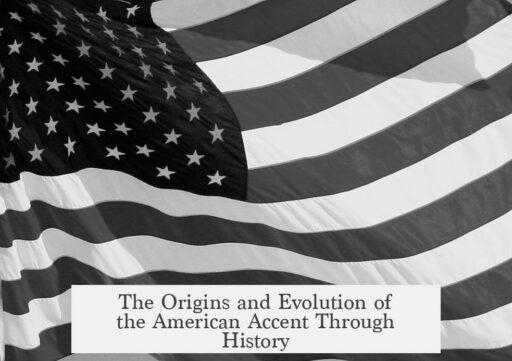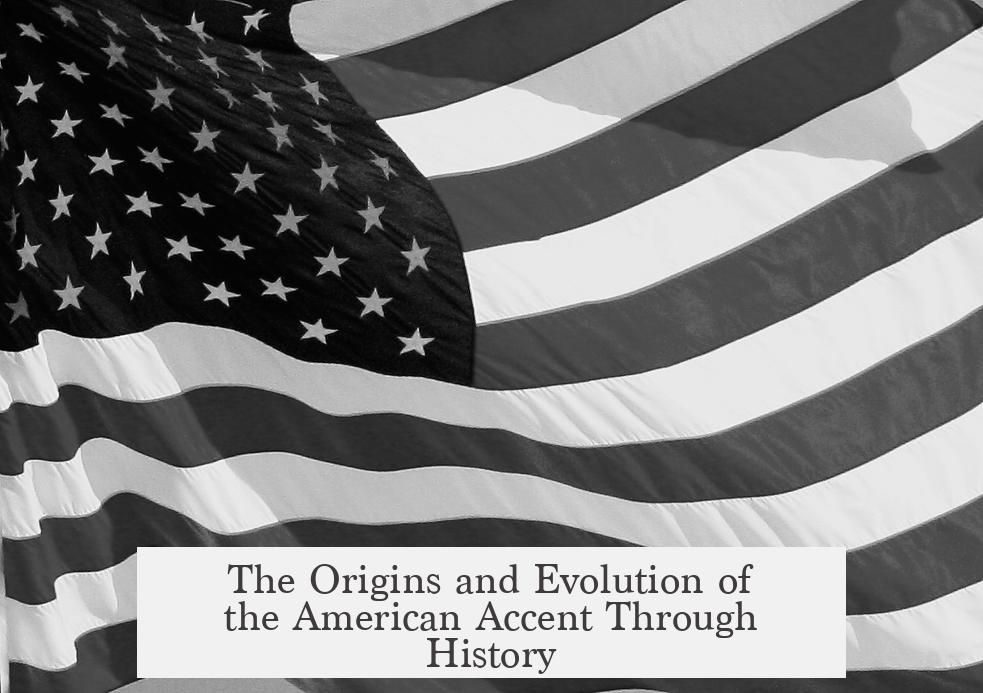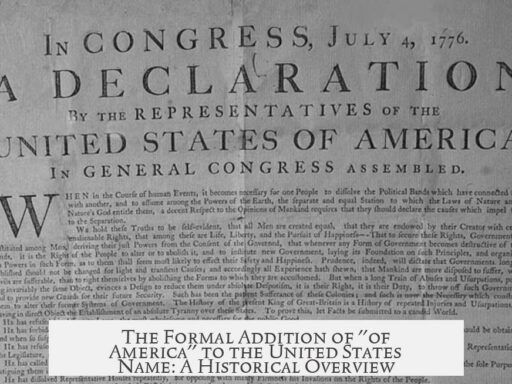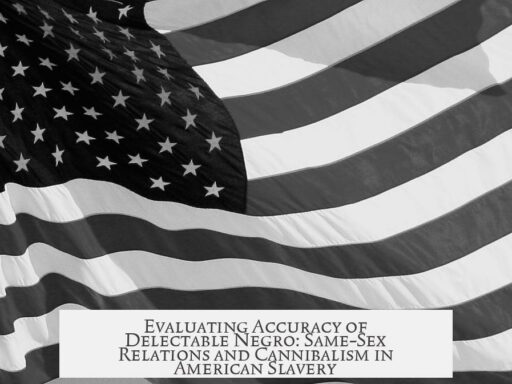The “American” accent began forming very early in colonial history, emerging distinctly by the mid-1600s and certainly established no later than the early 1700s. The development of this accent was a gradual process influenced by diverse linguistic backgrounds, geographic separation from England, and interactions among settlers. It did not suddenly appear after American independence but evolved over many generations.
Distinct American accents have roots stretching back to colonial days. Early settlers came from various English regions with differing dialects. This diversity meant there was never a single “British” accent transplanted intact to America. Instead, accents changed according to settlement patterns, local communities, and linguistic influences from other immigrant groups.
One of the earliest direct pieces of evidence for a distinct American English accent comes from Hector MacNeill. Born in England in 1728, he moved to Boston at age eight and later recalled a local boy noting the strangeness of his English pronunciation in the 1730s. This anecdote shows Massachusetts English had a recognizable accent different from England’s by that time.
Further evidence appears in the life of Benjamin Franklin, born in Boston in 1706. During the 1773 Hutchinson Letters Affair trial in London, the prosecutor highlighted Franklin’s colonial accent to underscore cultural differences. This indicates a clear variation in speech patterns between colonists and native English speakers. For example, colonial Americans had begun dropping the “es” sound at the ends of some past tense verbs earlier than most English speakers in Britain.
New York presents another angle on early American accent formation. After the English captured New Amsterdam (later New York) in 1664, Dutch settlers widely spoke Dutch and gradually learned English. This bilingual environment created a unique Dutch-American English accent among the settlers. A 1687 letter by Catherine Brett, a Manhattanite, shows phonetic spellings that reflect Dutch-influenced English pronunciation, indicating how immigrant languages shaped early American accents.
It is important to understand that accents are not fixed or static. They shift continually over time. The early American brogue, for example, common in the 19th century, faded into obscurity by the early 20th century but is preserved in archived audio recordings of notable figures like Presidents Taft and Wilson. Additionally, the Mid-Atlantic accent popular in upper-class East Coast families and Hollywood actors before World War II has almost vanished today.
Common misconceptions about the American accent’s origin include the mistaken belief that Americans originally spoke uniformly like Londoners or that the accent only changed after independence from Britain. Neither is accurate. English settlers arrived from many regions with varied dialects. America’s English accents started evolving as soon as settlers arrived, influenced by numerous factors long before 1776.
Also, the accents of the 17th and 18th centuries across both sides of the Atlantic would not match today’s American or British English. They often sound more alike to one another than to modern variants. For instance, contractions like “’Twas” were common on both continents at the time but are now mostly absent from contemporary speech.
| Time Period | Key Development | Evidence |
|---|---|---|
| Mid-1600s | Emergence of distinct colonial accents | Inferred from settlement diversity and absence of British uniformity |
| 1664-1700s | Dutch-English bilingual influences in New York | Letter of Catherine Brett (1687) with phonetic spellings |
| 1730s | Boston accent distinct from England | Hector MacNeill’s memoirs noting local speech differences |
| Early 1700s | Clear colonial accent in Boston | Benjamin Franklin’s Boston speech noted in 1773 trial |
| 19th century | American brogue accent common; evolving regional accents | Recordings of Taft, Wilson, Edison |
| Early-mid 20th century | Mid-Atlantic accent popular but fading | Speeches of Roosevelt family, actors like Cary Grant |
- The American accent developed gradually from diverse English dialects and immigrant languages, beginning in the 1600s, not starting suddenly after independence.
- Massachusetts and New York were early centers where distinct American pronunciations emerged, demonstrated by firsthand accounts and letters.
- Colonial accents differed enough from English accents of the time to be recognized as distinct during events like legal trials.
- Many American accents have since evolved or disappeared, reflecting the dynamic nature of spoken language.
- Common assumptions that all early Americans spoke ‘British English’ uniformly are historically inaccurate. Accents varied and changed continuously.
How and When Did the “American” Accent Come to Be?
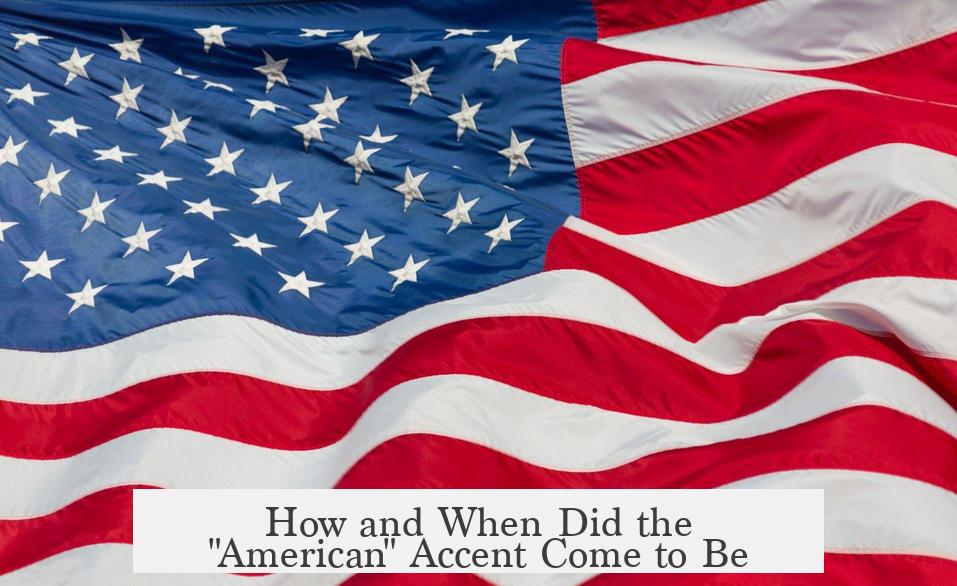
Here’s the straight talk: the “American” accent began forming in the mid-1600s with the first American-born generations. Distinct regional nuances had already set in by the early 1700s, though we only have indirect glimpses of these changes. It’s a story full of immigrant flavors, evolving speech patterns, and surprising historical twists.
Let’s unpack how this unique accent took shape—and why it’s still a puzzle wrapped in pronunciation.
The Roots: Colonists, Accents, and Early America
When the first English settlers arrived in America during the early 1600s, they brought various English dialects from all over Britain. Nine of the original Thirteen Colonies had Europeans living in them before 1650, and diverse linguistic influences brewed over 167 years before the American Revolution of 1776.
Here’s the kicker: nobody in early colonial America sounded like the modern American accent we recognize today. And guess what? Neither did folks back in England! Both accents in the 17th and 18th centuries were quite different from their descendants today.
Imagine hearing a colonial American and a Londoner from the 1700s chatting, using contractions like ‘Twas (which nearly vanished from both dialects now). They’d probably sound more alike than either does with today’s versions.
Early Evidence: Youngsters Notice Differences
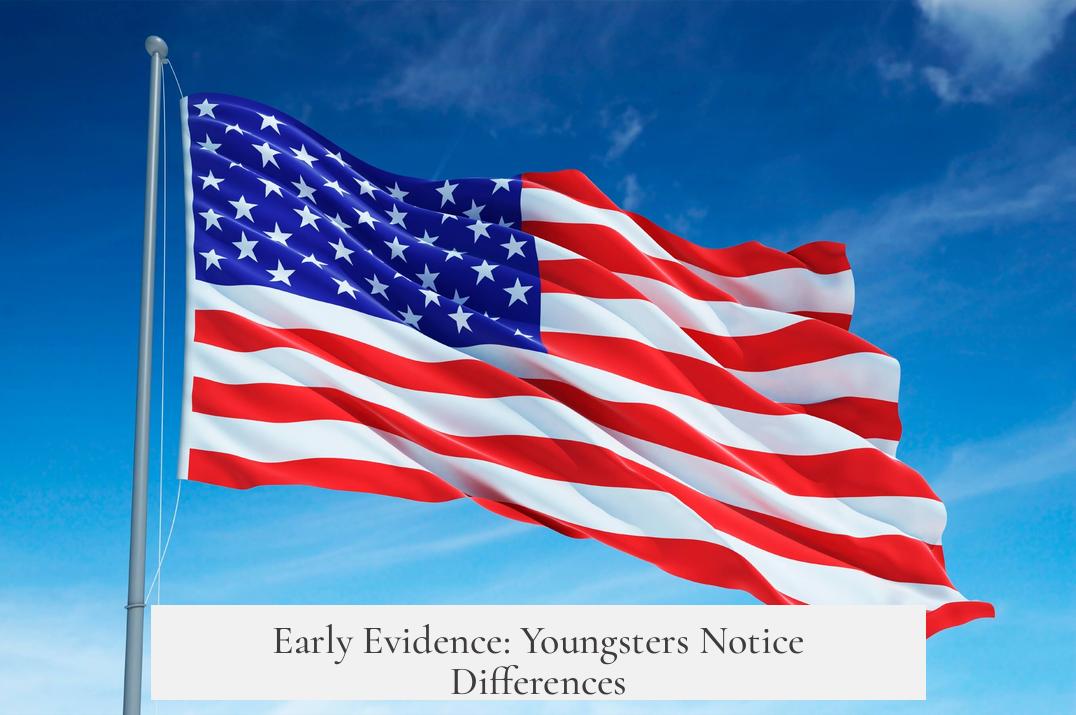
Interestingly, written references to accents in the colonies are sparse. But a fascinating anecdote from the 1730s gives us some clues. Hector MacNeill was born in England in 1728 and moved with his family to Boston at age eight in 1737.
“A Little Lad who lived next door, observing me a Stranger, fell into conversation with me, and being highly diverted with my manner of Pronounceation… led me out into the streets where we soon met with other Boys…”
This little episode, preserved in MacNeill’s memoirs, clearly shows that by the 1730s, the English spoken in Massachusetts already had a distinct flavor. Local kids were amused—or perhaps bewildered—by his English accent from back home.
A Founding Father’s Accent: Benjamin Franklin’s Boston Speech
Benjamin Franklin, born in Boston in 1706 to English immigrant parents, is another excellent piece of evidence. In 1773, during what became known as the Hutchinson Letters Affair, the British prosecutor mocked Franklin’s colonial accent during the trial held in London.
“His too is the language of a Zanga: Know then ’twas — I. I forg’d the letter — I dispos’d the picture…”
This roasting wasn’t just about the scandal; it also highlighted linguistic differences between England and the colonies.
One interesting detail: Americans tended to drop their “-ed” endings on past tense verbs by the 1770s (think “I guess’d” becoming “I guess”), whereas the English hadn’t adopted this yet. If you listen carefully to old letters and writings, this linguistic drop is a hallmark of early American speech.
A Case Study: New York’s Dutch-English Blend
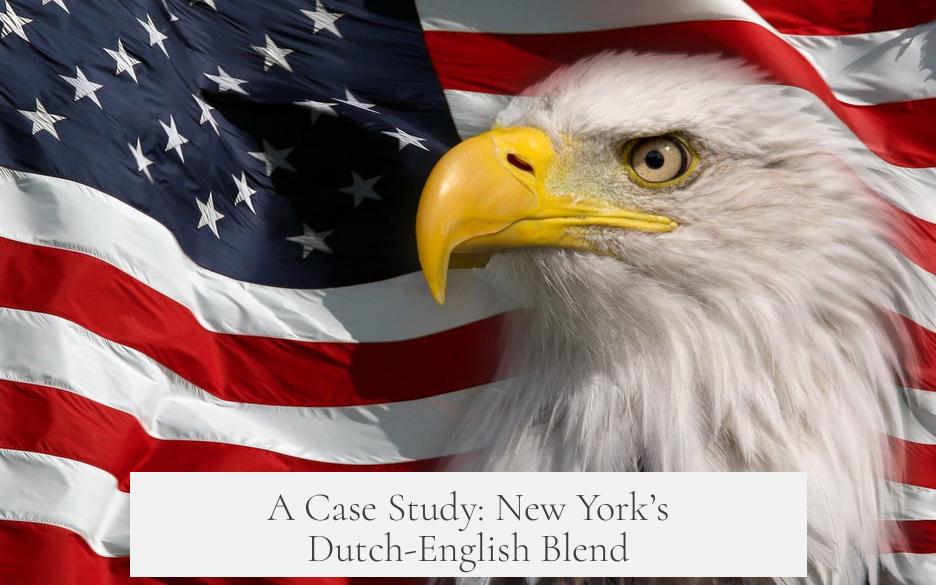
While Massachusetts had its English colonial roots, New York tells a richer story thanks to Dutch influence. The English wrested control of New Amsterdam from the Dutch in 1664. For decades afterward, Dutch remained the first language for many New Yorkers, though they slowly learned English.
Jeremias Van Rensselaer’s 1668 letter to his Dutch relatives describes this exact struggle:
“Now it seems that it has pleased the Lord… that we must learn English. The worst of it all is that we have already for nearly four years been under this jurisdiction and that as yet I have learned so little.”
By the late 1600s and early 1700s, English became a second language for many. That’s where the uniquely “Dutch-American accent” took root. It influenced how these bilingual speakers pronounced words, adding a distinct American twist to sounds.
For example, Catherine Brett, born in Manhattan in 1687, wrote a letter phonetically spelling words to capture how she spoke English with Dutch undertones:
“Afther my Kind Respacks tou your selfs en T yours this Comes tou Retorn you thancks for your Favers…”
Her spellings like “retorn” instead of “return” and “aflectid” for “afflicted” give us clues about early American speech patterns influenced by non-English languages. Though this isn’t the “American accent” you conjure up when you think of today’s rhotic ‘r,’ it’s still a vital piece of the puzzle.
Accents Are Changing Creatures, Not Frozen in Time
Now, here’s a dazzling fact for you: accents don’t just appear fully formed and stay the same. They move around, shift, and sometimes disappear.
Take the Transatlantic or Mid-Atlantic accent—a stylish, almost British-sounding accent heard in movies and among East Coast elites before World War II. Stars like Cary Grant and Katharine Hepburn spoke it, along with political figures such as Franklin and Eleanor Roosevelt and Teddy Roosevelt.
The accent was deliberate, cultivated as a mark of prestige. It disappeared from common use by the mid-20th century but gives us a glimpse into language fashions of the past.
Then there was the American brogue, the once-common accent of the 19th century Midwestern and Western US. Abraham Lincoln spoke with it. It persisted into the early 20th century, particularly among the middle class in northern cities.
Lucky for us, early recordings preserve this brogue, so we can hear how far American accents have traveled. For instance, President William Howard Taft, born in Cincinnati in 1857, clearly displays features no longer heard in contemporary speech.
Common Misconceptions About American Accent Origins
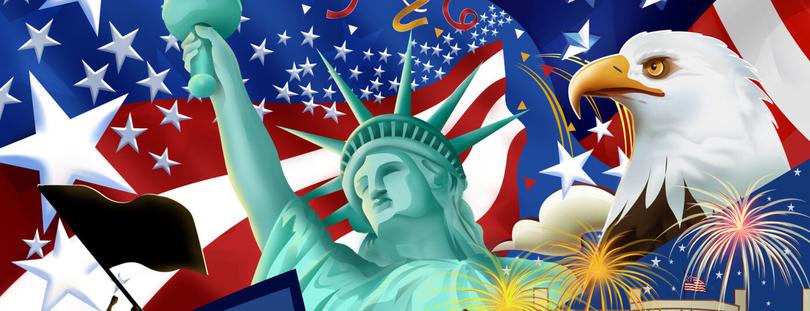
Many presume the American accent simply dropped from British English following independence in 1776, but the reality is far more intricate.
- First, the colonies’ people never sounded like a uniform “British” accent. They hailed from all over England—from London to Bristol and Liverpool to less-known regions.
- Nine of the original colonies had European inhabitants decades before independence, creating regional speech mixtures early on.
- Rather than a single “British” English, multiple English dialects mingled in America, planting seeds for the regional accents we hear today.
Why Does the “American” Accent Sound So Different Today?
Think back: the American accent started as a complex mix of British English dialects, Dutch-influenced English, and evolving pronunciation habits.
Over centuries, factors like regional isolation, immigration waves, and cultural shifts added layers. The result? A diverse family of accents—not one “American” accent but many.
For instance, Southern, New England, New York, Midwestern, and Western dialects all spring from different roots and influences. Add in African, Irish, Italian, German, Native American, and more, and the American accent landscape blooms in wild variety.
Practical Takeaway for Language Lovers

If you’re curious about accents, here’s some food for thought:
- Language evolves naturally and continuously. No accent is static or “pure.”
- American English includes distinct dialects, each with its own story shaped by history and migration.
- Listen to old recordings or read letters from early Americans—the past sounds strikingly foreign but beautifully familiar.
Want a fun project? Try comparing early 18th-century English pronunciations to a modern-day New England accent. You’ll hear echoes, remnants, and sharp differences. It’s a linguistic time machine!
In Conclusion: The American Accent Is a Historical Quilt
The American accent didn’t pop into existence overnight or even upon independence in 1776.
It slowly emerged starting with the first American-born colonists in the mid-1600s, influenced by diverse English dialects from across Britain, Dutch settlers, and evolving speech patterns through the 1700s. By 1730, anecdotes show local kids were already hearing a distinct Massachusetts accent that tickled newcomers like Hector MacNeill.
Benjamin Franklin’s Boston-born voice, the Dutch-English blend of New York, and the later transient fashions like the Mid-Atlantic accent all paint a fascinating picture of English’s vibrant life in America.
It reminds us that accents live and breathe, reflecting history, migrations, social trends, and cultural mash-ups. The “American” accent is not one accent but many—all tracing back to colonial beginnings, marked by change, innovation, and adaptation.
So next time you hear that unmistakable American “twang,” remember: it’s centuries in the making, with influences from children amused by a stranger’s speech in 1737 Boston to the sounds of Dutch settlers learning English in New Amsterdam. And yes, a bit of Benjamin Franklin’s rebellious sass too.
When did the American accent first start to form?
Distinct American accents appeared by the early 1700s. They likely began with the first American-born generations in the mid-1600s, though direct evidence is limited.
What evidence shows early American accents differed from British English?
Hector MacNeill’s 1730s memoir recalled how local boys in Boston noticed his English accent. Also, Benjamin Franklin’s speech in the early 1700s was noted as having distinct colonial traits.
How did the Dutch influence affect the American accent in New York?
After the English took New Amsterdam in 1664, many Dutch settlers learned English as a second language. Their bilingual speech shaped a unique Dutch-American English accent.
What does Catherine Brett’s 1687 letter reveal about early American English?
Her phonetic spelling shows how Dutch-influenced English sounded. It suggests an American-born accent that was distinct, mixing English with Dutch patterns.
Did American accents remain the same over time?
No. Accents evolve. For example, the Transatlantic accent popular in early 20th-century America eventually vanished by the end of World War II.
